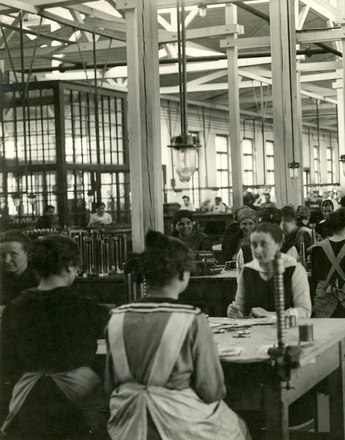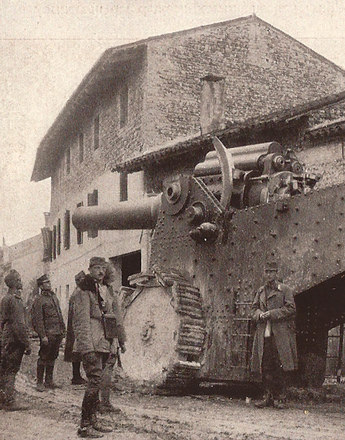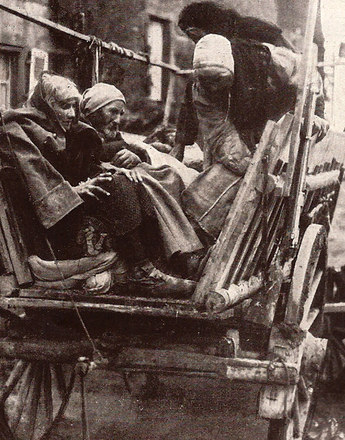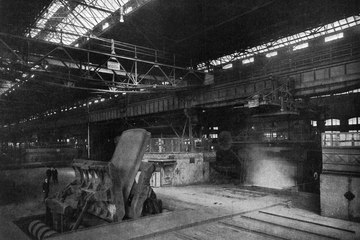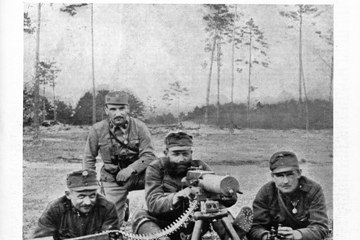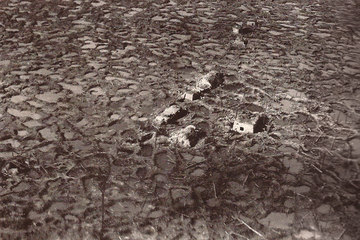The industrialised war
The First World War called for an enormous amount of material. The armies had to be equipped and fed. The battles would not have been possible without the manufacture on an industrial scale of arms and other strategic products. Only through the total mobilisation of all available resources was it possible to keep the huge war machinery going.

